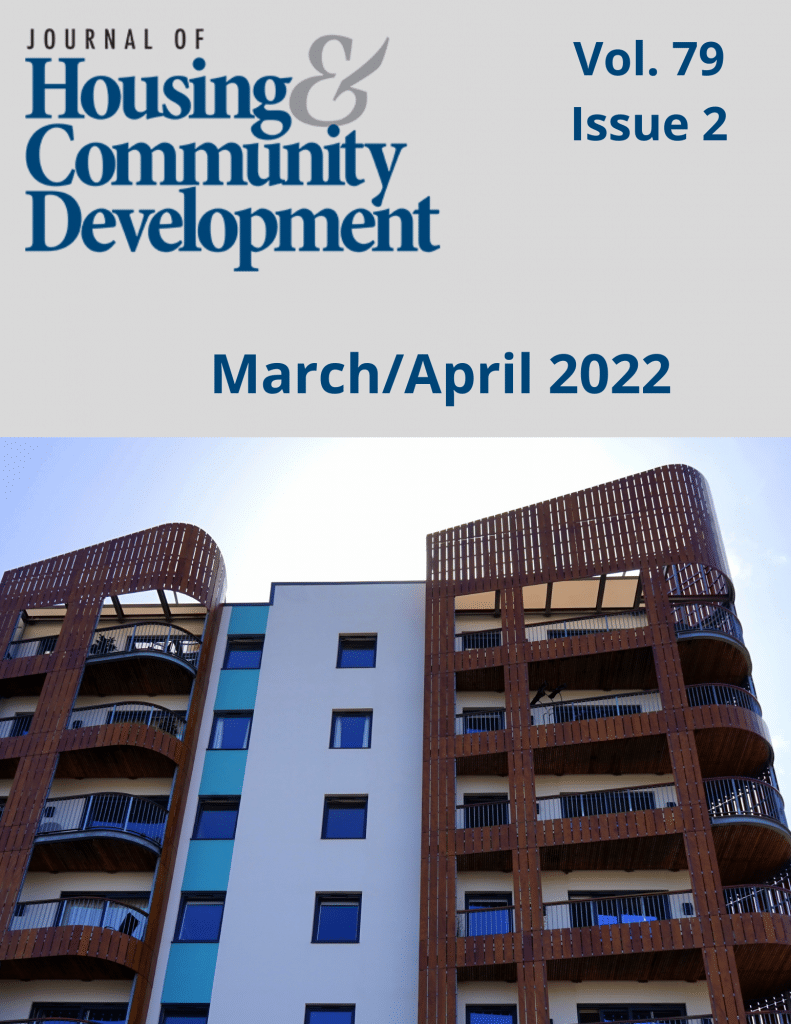In Philadelphia, a Transformative New Program Eliminates More than 99% of Bed Bugs!

This article is sponsored content from Allergy Technologies.
The Benjamin Franklin quote “An ounce of prevention is worth a pound of cure,” speaks to the power of preventive behavior and is incredibly relevant to bed bugs in affordable housing. Proactive bed bug prevention proves to be an indispensable and essential strategy for both private management companies and housing authorities seeking to rid their properties of this insidious pest.
Why are Bed Bugs such a Problem in These Communities?
Affordable housing represents a significant challenge as it is a complex living environment where bed bug incidents are often unreported – with a stigma eliciting concerns from residents including a fear of eviction; the misunderstood concept that bed bugs are an issue of sanitation, often constituting a highly transient population; and second-hand furniture use all contribute to the problem. The year-over-year remediation costs and associated management staff time and energy for controlling bed bugs in these high-traffic accounts can be overwhelming.
Through an impressive partnership among pest management professionals, residents and property managers, Allergy Technologies has successfully created and coordinated a comprehensive prevention Program, known as ATHAC™, that has produced impressive, long-term results, most notably an improvement in ‘Quality of Life’ for residents, while saving these organizations time and money. “The ‘magic’ occurs when all of these stakeholders come together and work toward a solution,” says Joseph Latino. President, Allergy Technologies.
ATAHC is distinguished from other approaches by incorporating an initial facility-wide screening and subsequent treatment of infested residential units, immediately lowering the bed bug population to non-detectable levels. The installation of long-acting preventive measures property-wide, including ActiveGuard Mattress Liners that are the only EPA-registered for-sale product labeled to prevent bed bug-infestations for two years, ensure that the bed bug population stays under control.
Unique to ATAHC is the focus on the dignity and self-esteem of the residents often negatively impacted by bed bugs in community living environments. Education through presentation by HUD-sponsored professionals; distribution of easy-to-understand materials dispelling the myths surrounding this pest in the residents’ native languages; and an overall sensitivity toward cultural diversity are all cornerstones to heightening resident engagement in the Program.
Unprecedented Two-Year Data from ATAHC’s Landmark Program Launch in Philadelphia Include:
- Greater than 99% of units did not have a reintroduction or re-emergence of bed bugs
- An 81% reduction in the number of required treatments as compared to historical frequency
- Greater than 40% operational savings to property management
- 40% reduction in technician on-site time
The current reality is the present landscape of bedbugs is worsening in affordable housing and responding reactively is simply an insufficient approach to solving this problem.
“Current treatment strategies are not working,” continued Joseph Latino. “Bed bug infestations continue to rise across the country, especially in community housing environments. We find this unacceptable, especially for residents, whose ‘Quality of Life’ is being severely compromised.”

Collaboration is Key
Many hurdles have historically stood in the way of long-term bed bug control in affordable housing. Pest management professionals cite the lack of resident cooperation. Property managers and housing authorities point to the exorbitant costs of continuous treatments, and they don’t want to talk about bed bugs in their facilities fearing negative publicity. Residents fear reprisals for reporting the pests and the elderly may not realize they have a problem, allowing infestations to grow and spread to neighboring units.
Latino added, “A core principle of the ATAHC Program includes early detection and intervention resulting in far fewer and less invasive treatments when an reintroduction does occur. Central to ATAHC’s success is the caring tenor established by Program Management. In conjunction with property management, staff, pest management – all whom have been incredibly supportive – working toward a sustainable solution.”
The ATAHC Program has flipped the proverbial script by changing community culture about bed bugs and building collaborative relationships between all stakeholders. Considerable time and energy are spent in the educational, planning and notification aspects of the Program, all before the first inspection ever takes place. “It’s a lot of work early on,” said Mark Squilla, the City of Philadelphia Councilmember, who helped facilitate ATHAC Program’s landmark launch, “but in the end at least in our pilot the results were astronomical, even better than projected.”
“The residents of affordable housing are now primed to have their lives changed due to our groundbreaking ATAHC Program,” concluded Gus Carey, the Founder and Managing Director of Allergy Technologies. “We have been able to provide a solution to a huge unmet need in an environment that desperately needs effective bed bug prevention.”
Email info@allergytechnologies.com for more information.
More Articles in this Issue
Build Back Better: A Priority to Preserve and Transform Affordable Housing in the US
Today, there are three core programs that compose the U.S affordable housing framework and support…NAHRO Announces Award of Excellence Winners
The National Association of Housing and Redevelopment Officials (NAHRO) recently awarded 18 prestigious Awards of…NAHRO Honors Legislators of the Year & Member Advocate
At NAHRO’s Online Washington Conference on March 28-30, the association recognized two Legislators of the…Student Spotlight: Karen Medina
Stability was something Karen Medina craved her entire life. From a young age she moved…Housers Build Bridges Over the Digital Divide
*This article was previously published in Shelterforce Magazine on March 29, 2022. You can view…




